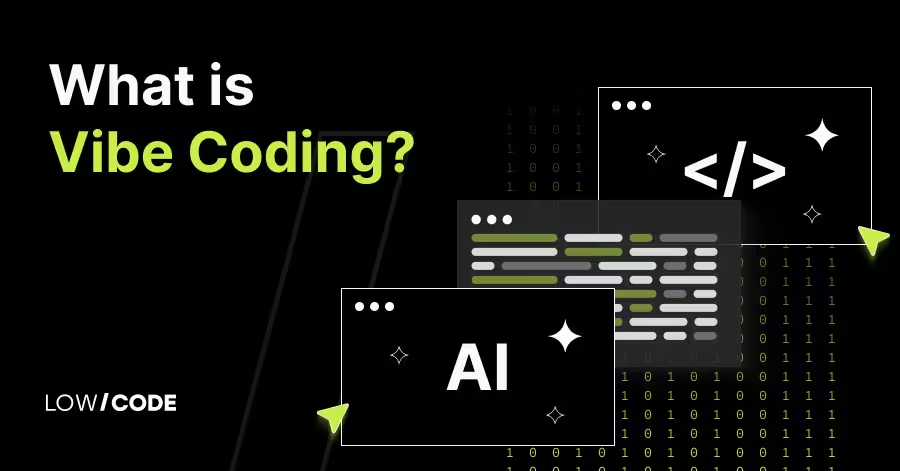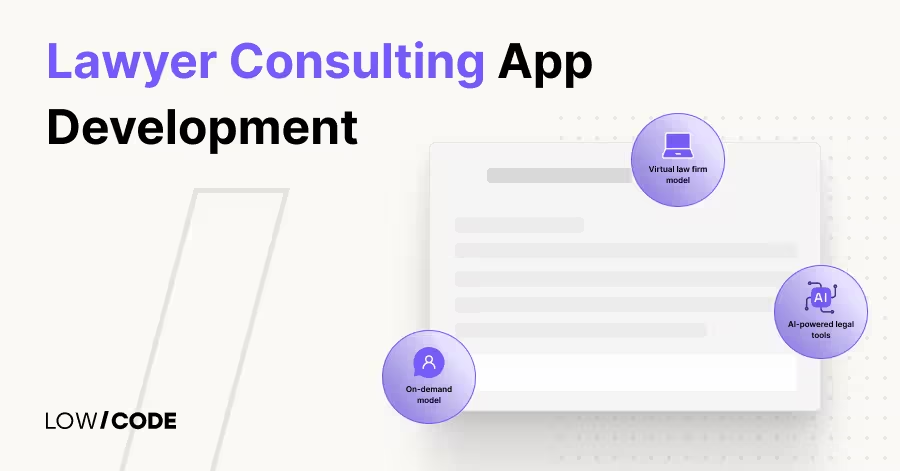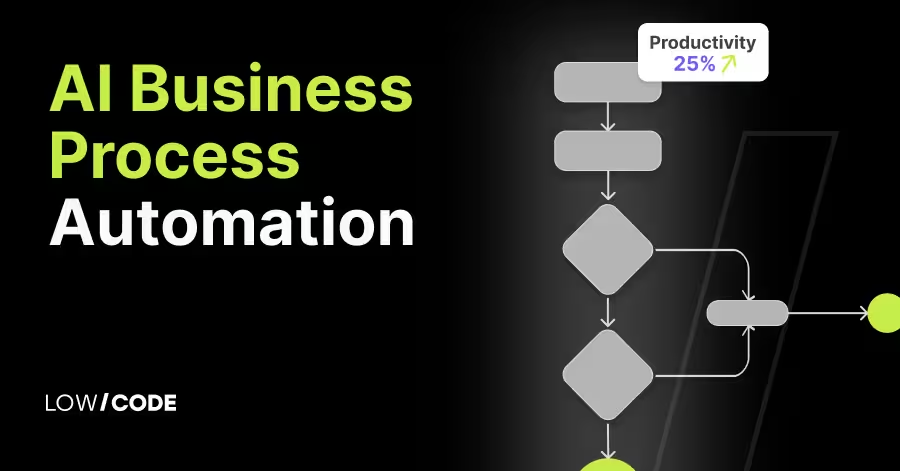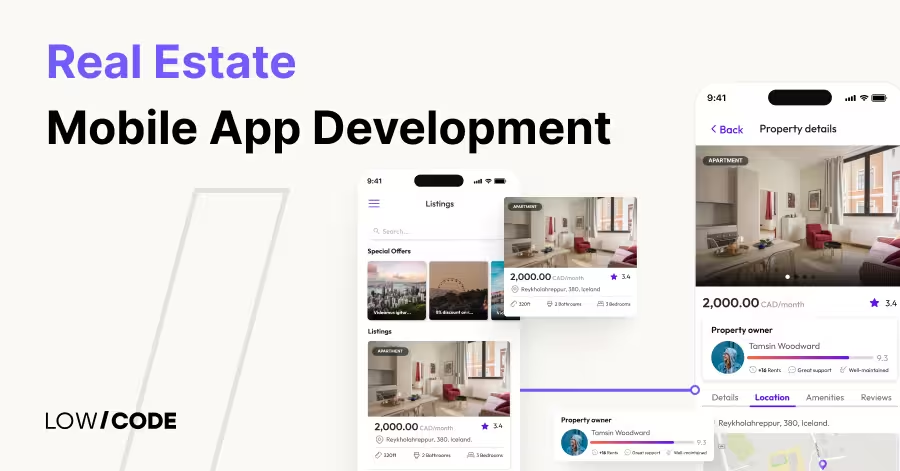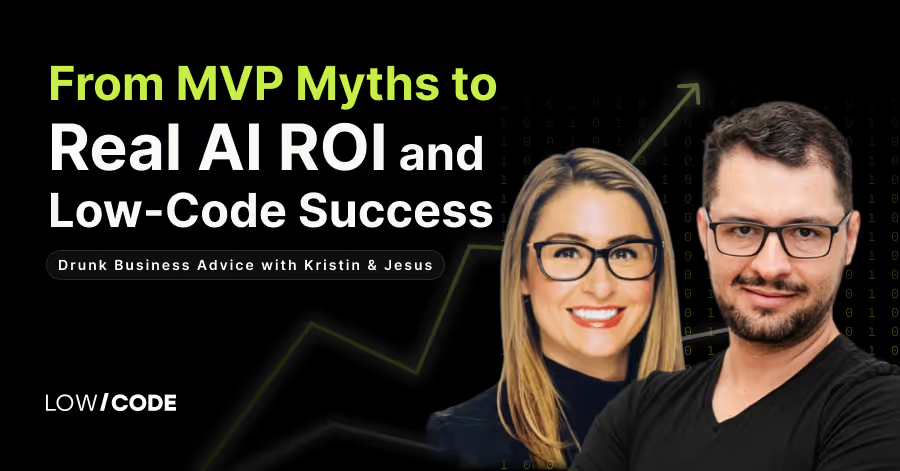How to Build an AI-Driven Accountant App (2025)
17 min
read
Build an AI-driven accountant app using no-code tools like Bubble or Glide. Automate finance tasks with GPT, OCR, and expert agency support
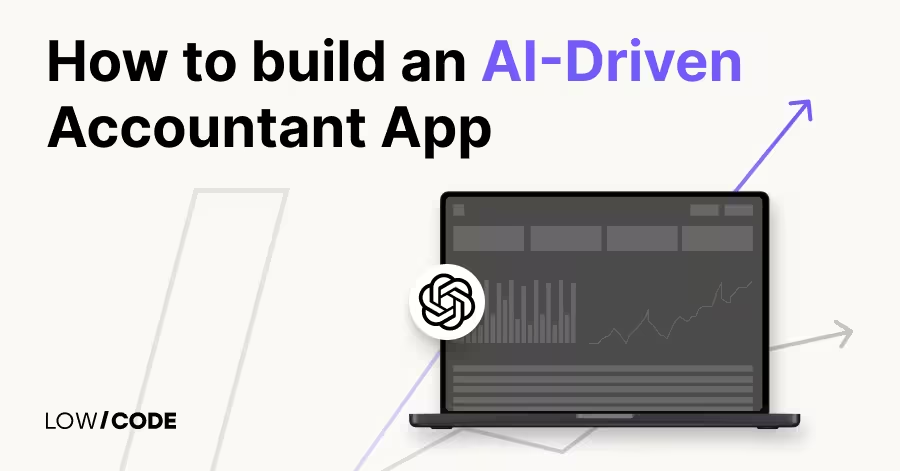
What Is an AI-Driven Accounting App?
AI is changing accounting fast. Businesses using AI save up to 50% of their time on finance tasks and see 40% fewer manual errors. An AI-driven accounting app uses automation and smart tools to handle your routine work—without needing complex software.
- Automates tasks like expense tracking, invoice sorting, and monthly reports
- Uses GPT to answer financial questions in plain language
- Reads receipts and bills using OCR (Optical Character Recognition)
- Built with no-code platforms so you don’t need a developer
- Customizable to your workflows, not a one-size-fits-all system
Instead of wasting time on spreadsheets or chasing numbers, an AI-powered tool works in the background, quietly keeping your books clean and your mind clear. And best of all, it grows with your business.
Why Traditional Accounting Software Is No Longer Enough
Traditional accounting tools rely heavily on manual input, which slows you down and increases the risk of mistakes. As your business grows, spreadsheets and outdated software can’t keep up with the volume or complexity of financial data.
- Manual processes like entry, categorization, and reconciliation take too much time
- Human errors in data entry can lead to missed tax deadlines or incorrect reports
- Generic tools don’t fit unique business workflows or offer real-time insights
AI-driven accounting apps solve these problems by automating repetitive tasks and learning from your data.
And with no-code platforms, you can build smart accounting tools that match your exact needs, faster, cheaper, and with expert support from teams like LowCode Agency.
Read more | How to Build an AI Nutritionist App
What an AI-Driven Accountant App Can Do for You
An AI accounting app does more than track numbers. It acts like a real-time assistant that helps you manage money, avoid errors, and make confident decisions. You stay in control while the ai accounting app handles the heavy lifting in the background.
- Auto-import and digitize receipts: OCR tools capture data from paper bills, email attachments, and scanned documents. All information is logged instantly and accurately.
- Smart expense classification: AI understands the context of each transaction. It assigns the correct category based on vendor behavior, amounts, and past patterns.
- Real-time financial dashboards: Your income, expenses, and margins are always up to date. Visual reports help you see where your money is going without waiting for month-end.
- Cash flow forecasting: The ai accounting app predicts future inflows and outflows using current data. This helps you plan better and avoid financial surprises.
- Finance answers in plain language: You can ask questions like "What did I spend on software in Q2?" and get quick, clear results.
- Risk and compliance alerts: If there are duplicate payments, tax mismatches, or missing entries, the AI accounting app notifies you before they become problems.
This makes your financial operations smoother, faster, and smarter, without relying on spreadsheets or back-and-forth with accounting tools.
Read more | AI fitness app development guide
Ideal Features to Include in Your Custom AI Accountant App
When building a custom AI app for accounting, the goal is not just automation; it’s clarity, control, and decision-making support. Whether you're a solo founder, agency, or finance team, these features bring real value and efficiency to your workflow.
- Smart expense categorization and tracking: AI learns from your past transactions and automatically tags new ones correctly. You spend less time reviewing and more time acting on accurate data.
- Invoice generation and status updates: Create professional invoices in seconds, track payments, and get notified when something is overdue or partially paid. This helps maintain cash flow and reduces follow-up efforts.
- AI-powered summaries and monthly reports: Use GPT to auto-generate clear summaries and reports. These include top expenses, income trends, or cash flow insights—all written in simple, human-friendly language.
- Tax deadline reminders and compliance checks: The AI-powered accounting app tracks filing dates, tax rules, and alerts you before deadlines or errors. It reduces the risk of penalties and missed filings.
- Role-based access for clients and internal teams: Give clients, accountants, or team members different levels of access. This keeps data secure while improving collaboration.
- “Explain this” buttons powered by GPT: Let users click a button to get a simple explanation of financial terms, unusual charges, or budget variances. It makes your accounting app feel truly intelligent and helpful.
These features turn your accounting app into more than a tracker, it becomes a financial co-pilot that grows with your business.
Read more | AI business process automation guide
No-code Platforms We Use to Build AI Accountant Apps
Each no-code platform brings unique strengths to building AI accountant apps. Whether you need mobile access, complex logic, or spreadsheet simplicity, we choose the right stack based on your needs.
1. Bubble
Bubble is the most flexible no-code platform for building advanced, web-based accounting tools. It supports custom data models, user roles, and logic-heavy workflows. This makes Bubble a perfect choice for AI accountant apps that need multiple dashboards, real-time reports, and client-facing portals.
What you can build with Bubble:
- Role-based access for clients, finance teams, and admins
- Custom dashboards for revenue, expenses, forecasts, or tax summaries
- AI-powered “Explain This” features for any financial term or outlier
- Real-time reconciliation tools with filters and export options
- Approval workflows for invoice reviews or reimbursements
If you need a full-featured accounting system with logic, automations, and user management, Bubble is the best fit.
Read more | Build AI-Powered Mobile Apps
2. FlutterFlow
FlutterFlow is perfect for building AI-driven native mobile apps for accountants for that work smoothly across Android and iOS. It’s ideal when your users need to scan receipts, manage budgets, or get alerts on the go. The Firebase backend supports real-time sync and offline data access.
What you can build with FlutterFlow:
- Mobile apps for expense tracking with camera-based OCR scanning
- Real-time dashboards showing income, expenses, and cash flow
- Budget planners that predict upcoming costs using AI logic
- Invoice generators with status tracking and approval buttons
- Push notifications for reminders, payment alerts, or threshold warnings
FlutterFlow is the go-to for mobile-first accountant tools built with performance in mind.
Read more | How to hire AI app developers
3. Glide
Glide is excellent for spreadsheet-driven tools, internal finance systems, or client-facing portals. If your data already lives in Google Sheets or Airtable, Glide turns it into a live accounting app without delay. It’s perfect for lean teams, agencies, or internal finance use.
What you can build with Glide:
- Simple expense tracking tools with category filters and approvals
- Monthly summary apps that auto-update as your spreadsheet changes
- Reimbursement portals for employees to upload receipts and get approvals
- Role-based apps for viewing client data without editing rights
- Smart GPT-powered fields that generate notes, summaries, or tags
Glide makes it easy to build finance tools quickly, without deep development effort.
Read more | How we build an AI-powered app with Bubble
4. Make, Zapier, n8n
These automation platforms connect your AI accounting app with services like QuickBooks, Google Sheets, Stripe, and OpenAI. Whether you use Bubble, Glide, or FlutterFlow, these tools let you build smart workflows that handle repetitive tasks and trigger AI processes.
What you can build with them:
- Automated delivery of monthly financial reports via email or Drive
- GPT-based summaries for income, expenses, or anomalies
- Alerts for overdue payments, duplicate transactions, or missing invoices
- Real-time syncing with external finance tools like Xero or QuickBooks
- Custom logic using n8n for privacy-safe, advanced flow management
These tools are the engine behind your AI features, making the AI accounting app work smarter, not harder.
Read more | AI App Development Guide
How to Build an AI-Driven Accountant App (Step-by-Step)
Building an AI accountant app takes more than automation; it takes clarity, smart tools, and user-first design. Here’s how to do it right from the start.
1. Define Your Goals and What You Want to Automate
Start by asking: What problem are you solving? Are you replacing spreadsheets, automating reporting, or tracking expenses in real time? Clarify whether you want to build an internal tool, a client-facing platform, or a hybrid.
- Focus areas: Invoice management, expense tracking, report generation, tax reminders
- AI add-ons: GPT summaries, “explain this” buttons, smart categorization
Clear goals keep your scope tight and avoid feature bloat. Knowing what to automate helps you build with purpose and use AI in meaningful ways—not just as a gimmick.
Read more | AI Business Trends and Challenges
2. List Key User Roles and Permissions (e.g. Clients, Admins)
Accounting apps often need more than one type of user. Define who will access the app and what they can do. This structure keeps your data secure and makes collaboration smoother.
- Clients: View reports, upload invoices, approve expenses
- Accountants/Admins: Tag transactions, run audits, generate reports
- Managers: Track budgets, set alerts, approve reimbursements
By planning user roles early, you ensure the AI accountant app supports real workflows. This also helps when building logic for access, visibility, and actions across each user type.
Read more | AI-Powered App for Lawyers (No-code)
3. Choose the Right No-code Platform for Your Needs
Not every tool fits every use case. Your ideal platform depends on your users, features, and delivery format (web, mobile, internal tool, etc.).
- Use Bubble for web-based dashboards and advanced logic
- Use FlutterFlow for native mobile apps with scanning and offline access
- Use Glide for internal tools driven by spreadsheet logic
Also plan how you'll integrate AI (like GPT) and automation tools (like Make or n8n). The right stack makes your app scalable, fast, and easy to maintain.
Read more | How to choose MVP features
4. Partner with Experts Like LowCode Agency
Even with no-code tools, building a high-performing AI accountant app requires more than drag-and-drop. At LowCode Agency, we don’t just develop features – we build smart digital products that are scalable, AI-ready, and tailored to real-world financial workflows.
- Strategy and planning: We help define the right scope, automation logic, and AI use cases from day one
- Product design and development: Our UX-first team builds apps that are clean, easy to use, and designed for accuracy and scale
- AI and automation integration: We connect tools like OpenAI for GPT, OCR for receipt scanning, and Make, Zapier, or n8n for workflow automation
As the #1 No-code Development Agency, we have a team of expert developers and designers specializing in no-code platforms like Bubble, FlutterFlow, and Glide. If you're serious about launching an AI-driven app for accountants or any finance app that works, grows, and performs — we’re your product team, not just a development shop.
Read more | LowCode Agency Case Studies
5. Test, Refine, and Improve Based on Real Workflows
Once your AI accounting app is live, real users will show you what needs fixing or improving. AI features especially need fine-tuning to avoid errors or confusion.
- Test GPT responses: Ensure tone, accuracy, and clarity
- Monitor automation: Check if reports, alerts, or triggers are working as planned
- Collect feedback: Use surveys, interviews, or in-app prompts
No accounting app is perfect at launch. Treat version one as your foundatio, then iterate based on real use, not guesses.
Read more | Healthcare MVP guide
Common Mistakes to Avoid When Building AI Accounting Apps
AI-powered accounting apps offer speed and automation but only when built with clarity and care. Many founders rush into development and end up with tools that confuse users, increase risk, or fail to scale. Here are the most common mistakes to avoid.
- Over-automating without human checks: AI should assist, not fully replace, decision-making. Always include review steps for financial approvals, reconciliations, and large transactions.
- Ignoring data security and user access control: Accounting apps handle sensitive data. Failing to set role-based permissions or encryption can expose your business to serious compliance risks.
- Building without a clear workflow plan: Jumping into development without mapping the full financial flow such as invoice creation, approval, and reporting — leads to broken logic and user confusion.
- Using too many tools without integration: It’s tempting to plug in multiple services, but disconnected tools create data silos. Use platforms like Make or n8n to keep everything in sync.
- Relying only on AI without audit logs or traceability: AI-generated data must be traceable. Always log changes, flag anomalies, and allow admins to review how data was processed.
By avoiding these pitfalls, you’ll build a finance tool that’s not only smart but trustworthy, compliant, and ready for scale.
Final Thoughts: Bring AI to Your Accounting Process
AI and no-code are reshaping how accounting apps are built—faster, smarter, and fully tailored to your business. You no longer need to rely on rigid SaaS tools or complicated spreadsheets to manage your finances.
- AI features like smart categorization, GPT-powered summaries, and real-time dashboards improve clarity and speed
- No-code platforms like Bubble, Glide, and FlutterFlow make it easy to build and customize without writing code
- Automation tools such as Make, Zapier, and n8n connect systems and streamline repetitive tasks
- Custom logic and user roles ensure your AI accounting app fits real accounting workflows
- Avoiding key mistakes like poor data security or over-automation keeps the system stable and scalable
When planned well, an AI-driven accountant app becomes more than just a tool, it’s a smart assistant for your entire financial process.
Partner with LowCode Agency to Build AI Accountant App
At LowCode Agency, we specialize in building scalable apps, stunning websites, and custom automation solutions tailored to your unique needs.
Whether you're aiming to launch an MVP, automate workflows, or build a full-scale web or native mobile app, our team ensures a smooth and efficient development process.
We specialize in:
- Glide (largest and leading agency)
- Bubble (recognized silver-tier agency)
- FlutterFlow for scalable native mobile apps
- Webflow for pixel-perfect websites
- Custom AI-driven automations (using Make, Zapier, and n8n)
With a proven track record of building all types of applications, our team of expert project managers, no-code developers, and designers is committed to delivering top results. We focus on speed, quality, and long-term value, helping businesses turn ideas into real products twice as fast and at half the cost of traditional development.
📌 Check out our case studies and book a free discovery call to see how we can turn your vision into reality.
Created on
August 6, 2025
. Last updated on
December 11, 2025
.

FAQs
What does an AI accountant app actually do?
Can I build an accounting app without coding?
How is AI used in accounting apps?
Which no-code tool works best for finance apps?
Is my data safe in a no-code app?
Why should I hire LowCode Agency instead of building it myself?





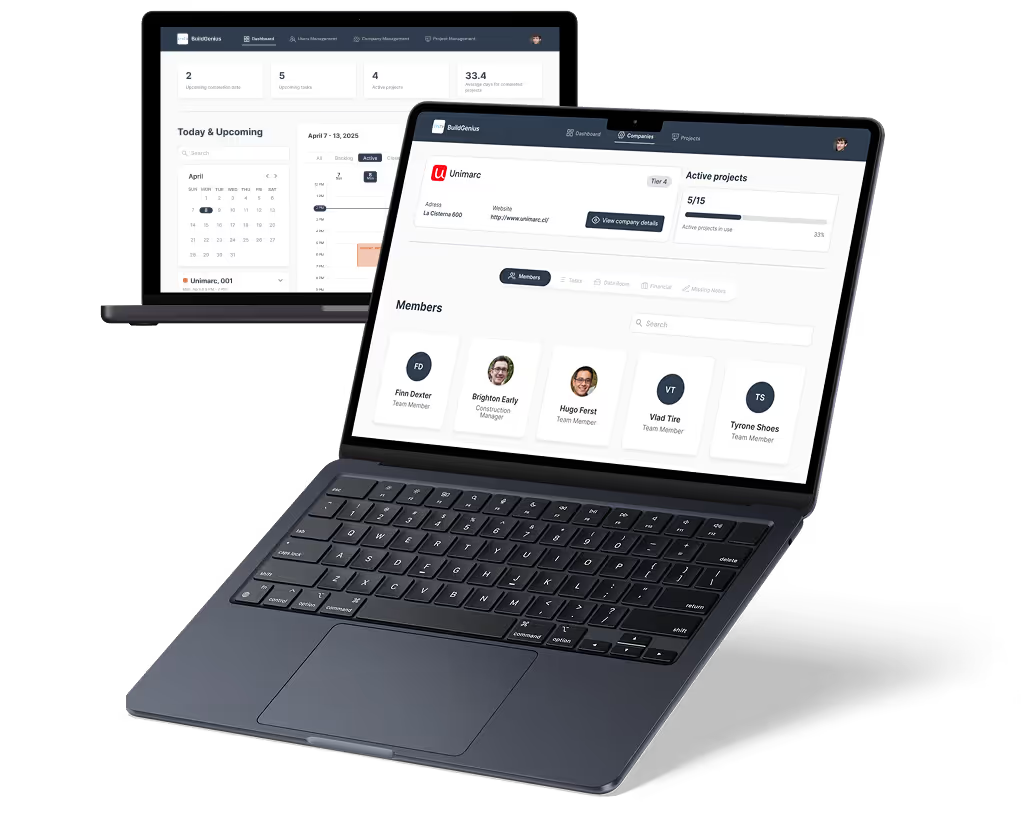

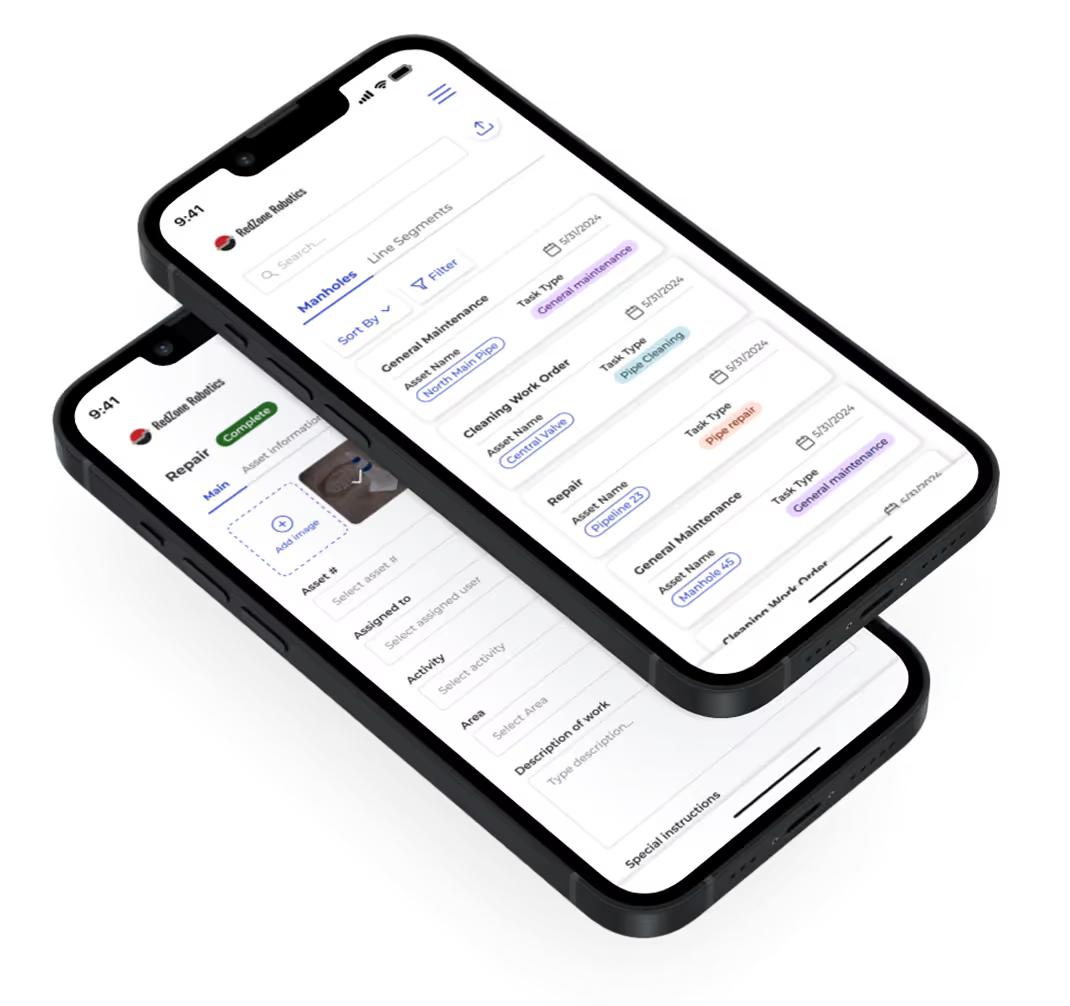
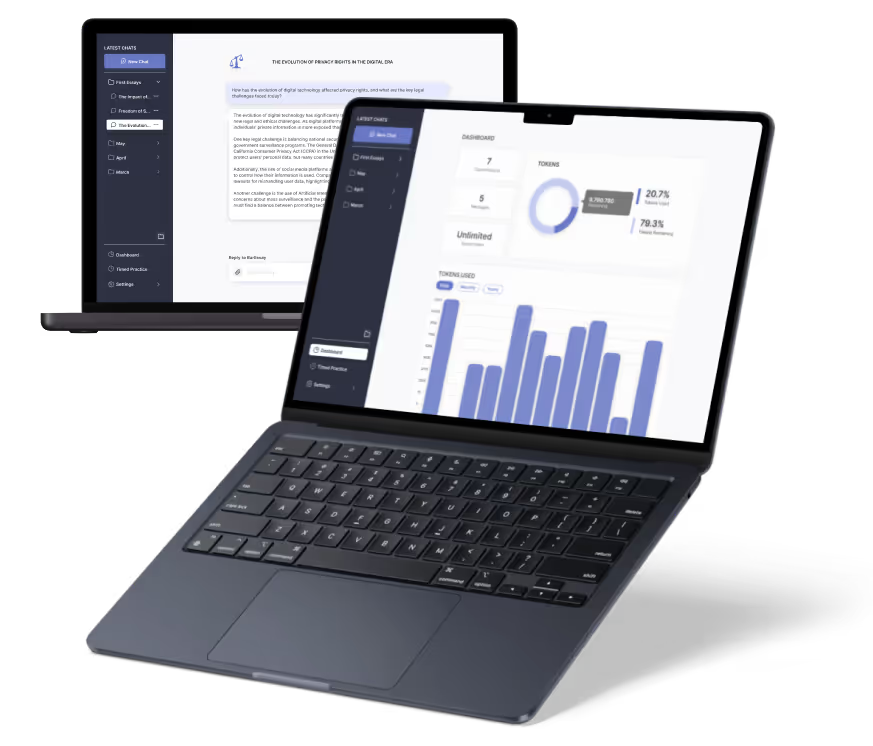
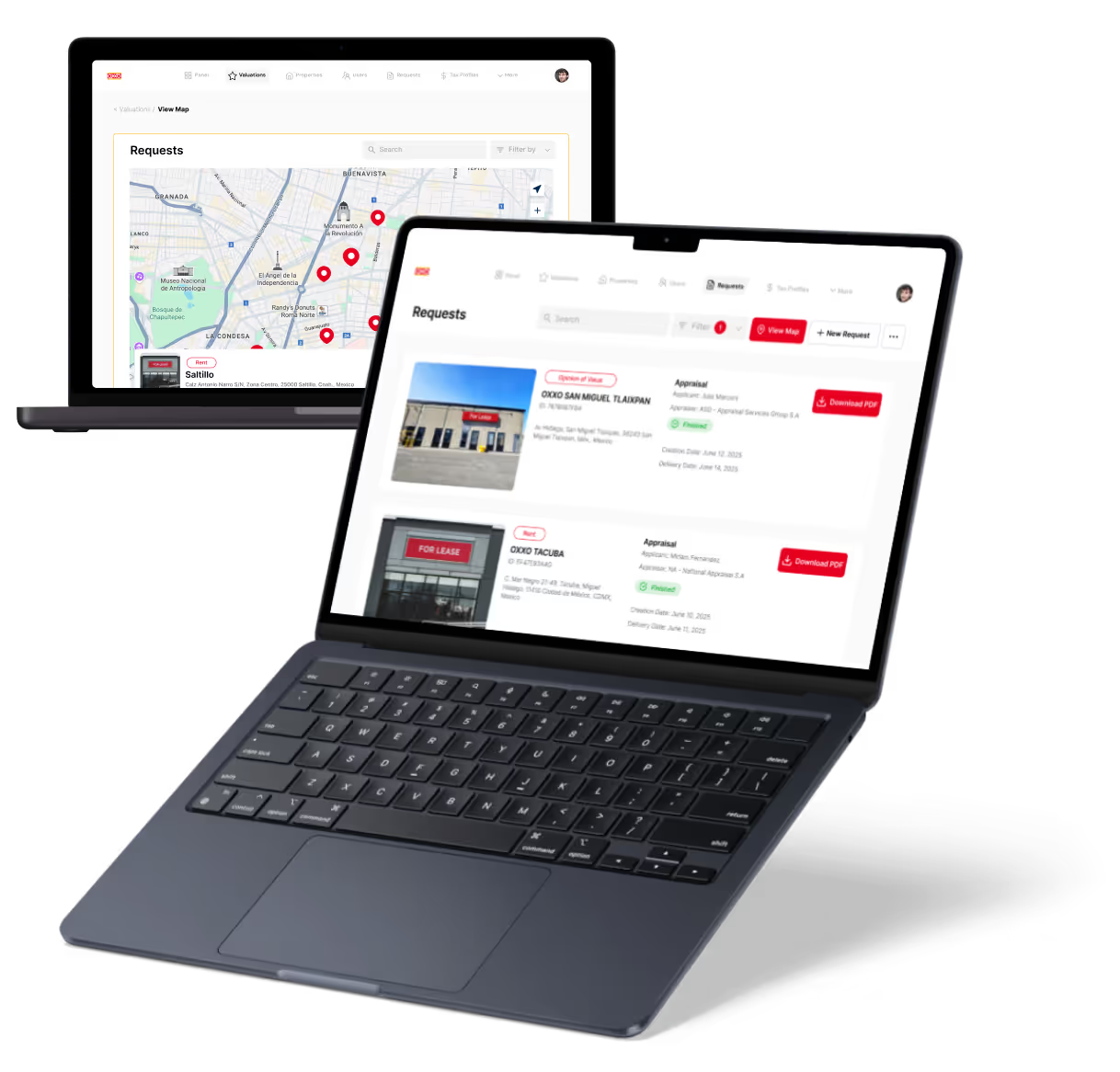
%20(Custom).avif)



